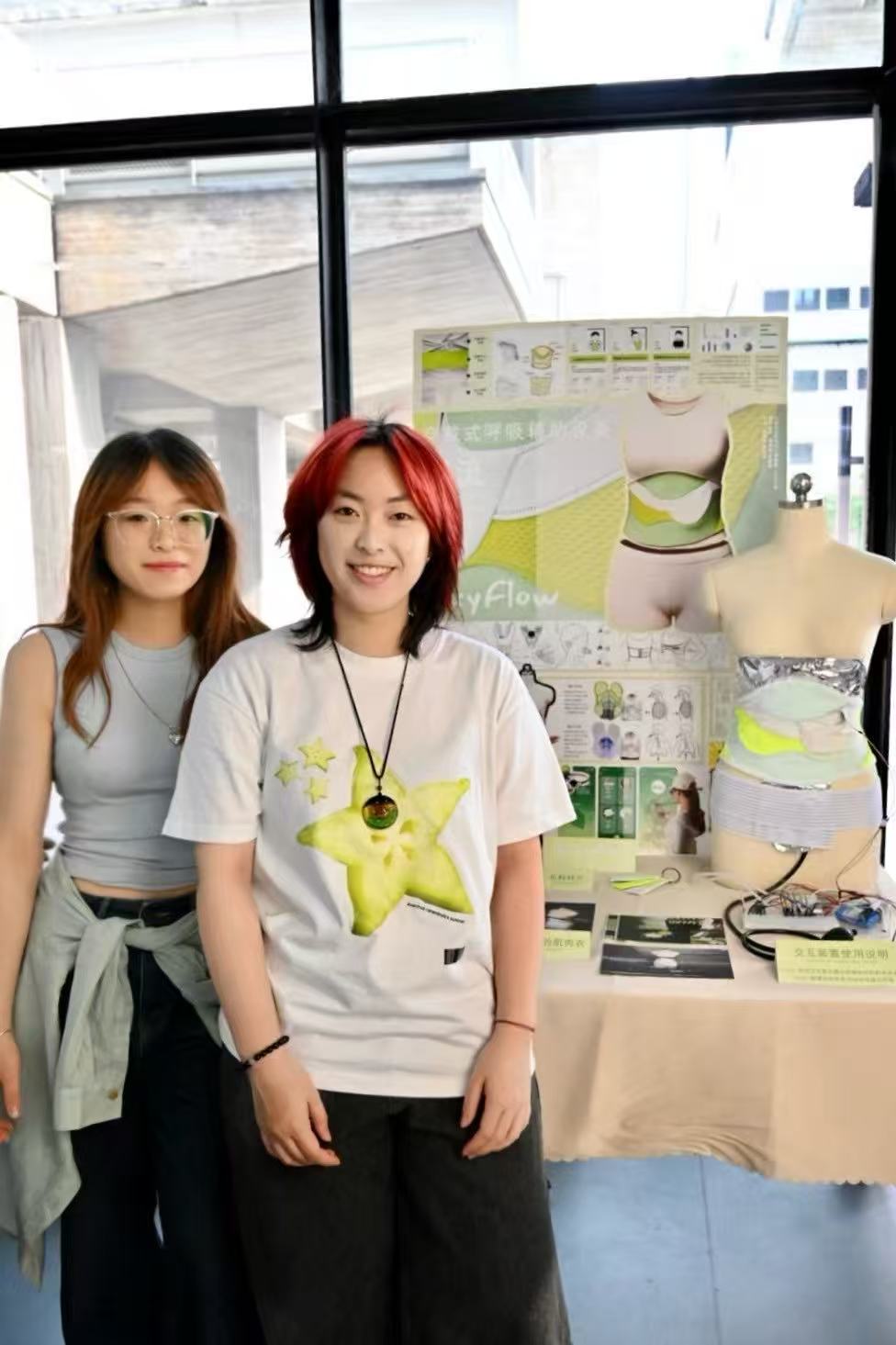What it does
This project is a wearable smart glasses for female users, integrating AR technology and aesthetic design to achieve high-fidelity virtual nail try-on. After wearing the device, you can preview different nail styles and interactive experiences in real time
Your inspiration
In recent years, online services such as nail wearing and customized nail art patterns have gradually emerged, but the lack of try-on links and experience feedback has affected consumers' confidence in choosing and purchasing conversion. At present, the nail art market is dominated by women, and we have insight that in the "pre-stage" of nail art decision-making, if XR technology can be combined to achieve a more realistic, flexible and interesting virtual try-on experience, different styles of try-on will have the opportunity to improve the efficiency and aesthetic added value of the overall nail service chain.
How it works
1. Hand recognition and nail point cloud modeling → Binocular camera / ToF sensor captures fingertip space structure → Prediction of nail surface structure using AI models such as PointNet or UNet-based 3D regression 2. Pattern 3D mapping processing → Nail art materials are reconstructed from 2D designs into small 3D nail objects using NURBS → Fitting nail models with surface wrapping algorithms 3. Real-time physical rendering → Use simplified PBR rendering to render material lighting effects on AR glasses → Support visual language such as gradient glitter, diamond highlights, and more 4. Gesture interaction to switch nail art styles → Temple sliding / gesture recognition to switch between different models and smooth transitions 5. AR display layer overlay → The lens renders the rendered 3D map on the user's real fingernails in real space → Realize an immersive experience that dynamically fits the environment and responds
Design process
From inspiration to detailed market research, competitor analysis, and user journey mapping of nail salons, we came up with a new business model for nail try-on, and used AR glasses as a carrier to realize nail try-on and other services.
How it is different
"Immersive color tryout" experience Glasses liberate hands and sight, customers can naturally see the effect when they raise their hands, and the nail technician can simultaneously observe the customer's expressions and gestures, and adjust the recommendation in real time (for example, the customer shakes his finger to see the nail polish effect under different lights, and the nail technician adds "this polarized light shines more in the sun") Combined with the in-store lighting and environment (such as the ins style background of the Internet celebrity nail salon), the virtual nail art and the real scene are integrated more naturally; "Exclusive sense of service" design The appearance of the glasses is bound to the style of the nail salon (for example, the ins-style nail salon uses macaron-colored frames, and the Japanese-style nail salon makes a minimalist wooden texture), and becomes the store's "check-in props"
Future plans
Model Innovation: From "Service Provider" to "Experience Platform Provider" Traditional nail salons focus on "nail service delivery", while AR glasses can make the store an "ecological entrance to beauty experience" - not only serving "customers with clear nail art needs", but also covering "pan-beauty beauty interest groups" (such as fashion lovers trying on hats/hair accessories, social platform check-in users), broadening the boundaries of target customers and forming a differentiated "traffic siphon effect".



Share this page on